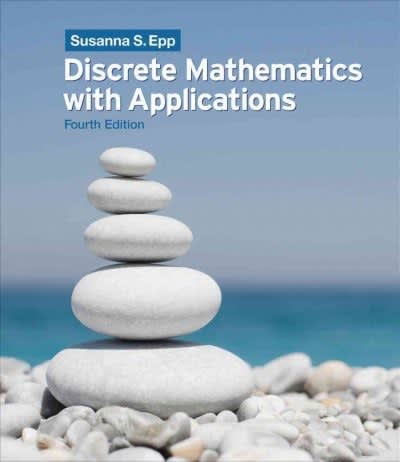Question
Suppose that my children, Aidan and Julia, agree to play a game where they will both toss two fair dice. Let's define our random variables.
Suppose that my children, Aidan and Julia, agree to play a game where they will both toss two fair dice. Let's define our random variables. Let XAn represent the number of even numbers tossed by Aidan in round n and let XJn represent the number of even numbers tossed by Julia in round n. Now we define Yn = XJn - XAn. Of course, yn represents the observed value of Yn. If yn < 0, then Julia will pay Aidan $|yn|. If yn > 0, then Aidan will pay $yn to Julia. If yn = 0, then no money will change hands. Also, if either player does not have enough money left to pay what they owe, then they will pay what they have left. Aidan and Julia will each start with $10. The game will end when one of them has all of the money.
Define states {0, 1, 2, 3, ....., 19, 20} to be the amount of money held by Julia. If P is the transition matrix for the Markov chain for this game, then what is P10, 11?
A) 1/16 B) 1/8 C) 1/4 D) 3/8
Step by Step Solution
There are 3 Steps involved in it
Step: 1

Get Instant Access to Expert-Tailored Solutions
See step-by-step solutions with expert insights and AI powered tools for academic success
Step: 2

Step: 3

Ace Your Homework with AI
Get the answers you need in no time with our AI-driven, step-by-step assistance
Get Started


